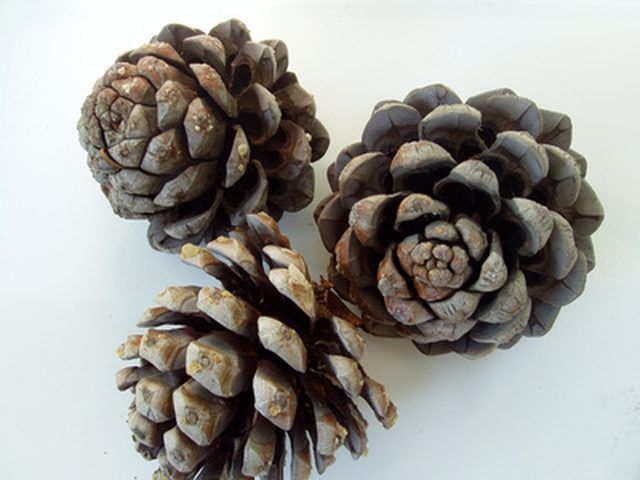Bulbs
Flower Basics
Flower Beds & Specialty Gardens
Flower Garden
Garden Furniture
Garden Gnomes
Garden Seeds
Garden Sheds
Garden Statues
Garden Tools & Supplies
Gardening Basics
Green & Organic
Groundcovers & Vines
Growing Annuals
Growing Basil
Growing Beans
Growing Berries
Growing Blueberries
Growing Cactus
Growing Corn
Growing Cotton
Growing Edibles
Growing Flowers
Growing Garlic
Growing Grapes
Growing Grass
Growing Herbs
Growing Jasmine
Growing Mint
Growing Mushrooms
Orchids
Growing Peanuts
Growing Perennials
Growing Plants
Growing Rosemary
Growing Roses
Growing Strawberries
Growing Sunflowers
Growing Thyme
Growing Tomatoes
Growing Tulips
Growing Vegetables
Herb Basics
Herb Garden
Indoor Growing
Landscaping Basics
Landscaping Patios
Landscaping Plants
Landscaping Shrubs
Landscaping Trees
Landscaping Walks & Pathways
Lawn Basics
Lawn Maintenance
Lawn Mowers
Lawn Ornaments
Lawn Planting
Lawn Tools
Outdoor Growing
Overall Landscape Planning
Pests, Weeds & Problems
Plant Basics
Rock Garden
Rose Garden
Shrubs
Soil
Specialty Gardens
Trees
Vegetable Garden
Yard Maintenance
What Do Pine Tree Seeds Look Like?
What Do Pine Tree Seeds Look Like?. A coniferous plant produces one or more seeds in a cone structure. Cones come in many forms, from the soft, red berry-like structure of the yew, which produces only one seed, to the hard scaly spiral structure found on pines, which produces many seeds. As a group, pine trees produce similar cones, yet there is...

A coniferous plant produces one or more seeds in a cone structure. Cones come in many forms, from the soft, red berry-like structure of the yew, which produces only one seed, to the hard scaly spiral structure found on pines, which produces many seeds. As a group, pine trees produce similar cones, yet there is enough difference between species to identify the type of tree by the cone.
Male and Female Cones
Pine trees (genus Pineceae) are almost exclusively monoecious, which means that they have male and female cones growing on the same tree. The male cones are soft worm-like structures that produce a very large amount of pollen in the spring. What most call a pine cone is really the female structure, which is hard and scaly, and each scale is arranged in a spiral manner. Most pines are not self-fertilizing, which means the pollen from one tree needs to find a female cone on a different tree for fertilization to occur.
Seeds Form on Female Cones
Each scale on an ovulate cone (female cone) produces two ovules, which usually are fertilized with a pollen grain that comes from the same type of tree, but not the same individual plant. The pollen enters the ovule from an opening at the top called a micropyle. Each ovule is covered by a woody bract or scale. This scale is for protection and not reproduction. Once the cone is fertilized, it usually takes about two years for the cone to reach maturity.
Seed Dispersal
Pine seeds are generally released from the cone in the second autumn after fertilization. Some cones require fire to release the seed, but many pine cones release the winged seeds to the wind currents. At other times animals may break apart a cone and release the seeds or consume part of the cone and deposit seeds later through the digestive tract. Other cones may fall to the ground and then be picked apart by animals.
The Seed
Most pine seeds are winged, with the seed located at one end of a long flat piece of light woody material. Each bract can produce two seeds, which can travel a long way away from the parent tree if they become airborne. When still attached to the bract, winged pine seeds slightly resemble a very small set of hoof prints. Once separated from the cone, pine seeds are difficult to spot.
Pine Seedlings
If a pine seed finds the right micro-climate, it will eventually sprout and a pine seedling will start to grow. However, pine seeds are usually released in a dormant state, which is most often broken by cold stratification. As a result, a pine seed will not sprout until the following spring when warm weather and some spring moisture are present. Since pine seeds are produced in abundant numbers, and only a small percentage needs to be successful in establishing new seedlings.